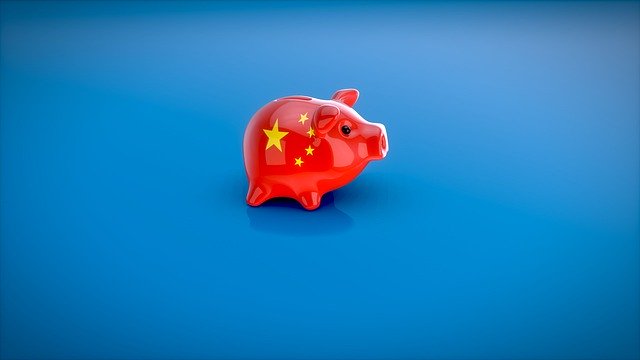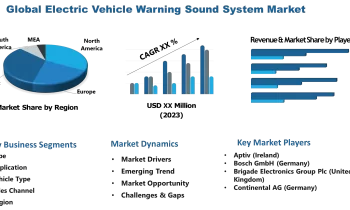
The world’s second-largest economy continued its strong economic recovery in the third quarter of the year, as figures released from Beijing showed Gross Domestic Product (GDP) grew 4.9% in July-September from the same time last year.
Despite being lower than the 5.2% expected by analysts, the figures represent a remarkable turnaround for the Chinese economy.
The first quarter of 2020 saw China react to the coronavirus by shutting down factories and manufacturing plants nationwide. The result was China’s economy contracted by 6.8%. This was the first time the Chinese economy contracted since China started recording quarterly figures in 1992.
Chinese Retail (Particularly High-End) Rebounds
An obstacle to the Chinese economic recovery was the robust (or draconian) reaction to the pandemic. When these strict measures were relaxed, normal life resumed which has resulted in increased consumer spending. This pent-up demand was unleashed on the Chinese economy and can account for the rise in consumer activity.
Chinese Retail sales grew 3.3% year-on-year in September, surpassing expectations for a 1.8% increase. September’s retail sales figures were also a considerable leap from the 0.5% growth recorded in August.
Much of this retail growth was in the high-end sector as less wealthy consumers were still cautious about the future of the pandemic. Luxury brands from the West surged in China as soon as activity resumed in some cities in March. These brands of cars and luxury goods were struggling in other parts of the world during the same period.
However, some economists are concerned about the uneven growth in the Chinese economy and how that will impact retail spending longer term. Wang Jun, a researcher at the China Center for International Economic Exchanges, identifies lopsided recovery benefiting the rich over the numerous poor in China as a barrier to spending. “This will put a lid on overall consumption recovery as the low-income population far outnumbers high-income ones.”
China’s Subdued Stimulus
Earlier in the year, the Chinese Central Bank stepped in to support growth and employment after economic activity was severely restricted. However, after recording 3.2% growth in the second quarter of 2020, China’s Central Bank has more recently held off on further stimulus measures.
China’s approach to the stimulus was restrained compared to other countries. Rather than spending trillions of dollars in aid packages, like the United States and Japan, the Chinese government encouraged banks to loosen lending standards and employers to retain their current staff.
Although China’s impressive economic recovery numbers may seem at first glance to defy critics who urged stimulus, the uneven nature of the recovery may slow spending in the working and middle classes. This might impede growth in China for the longer term and a decline in spending power for the average Chinese citizen.
Strength in the Property Market and Exports
Domestic uncertainty concerning consumer spending may be offset by strength in the property market and robust Chinese exports. In the property sector, investment increased 12% in September from the same time last year, the fastest rate in almost 1.5 years.
Exports, a key component of the Chinese GDP grew 9.9% in September from a year before whilst imports rose 13.3%, suggesting robust economic activity. Part of this could be due to pent-up demand. China was the first country to be hit by the pandemic and many of its factories closed. Overseas demand for electronics, medical devices, and textiles soared, which accounts for the recovery in Chinese exports.
China seems to be faring relatively well with its recovery compared to other countries. The EU has been hit with a second wave of the pandemic and declining economic conditions. The US faces election-induced volatility and rising infection and mortality rates. It is worth keeping a close eye on China to see where is rebound could take them.



